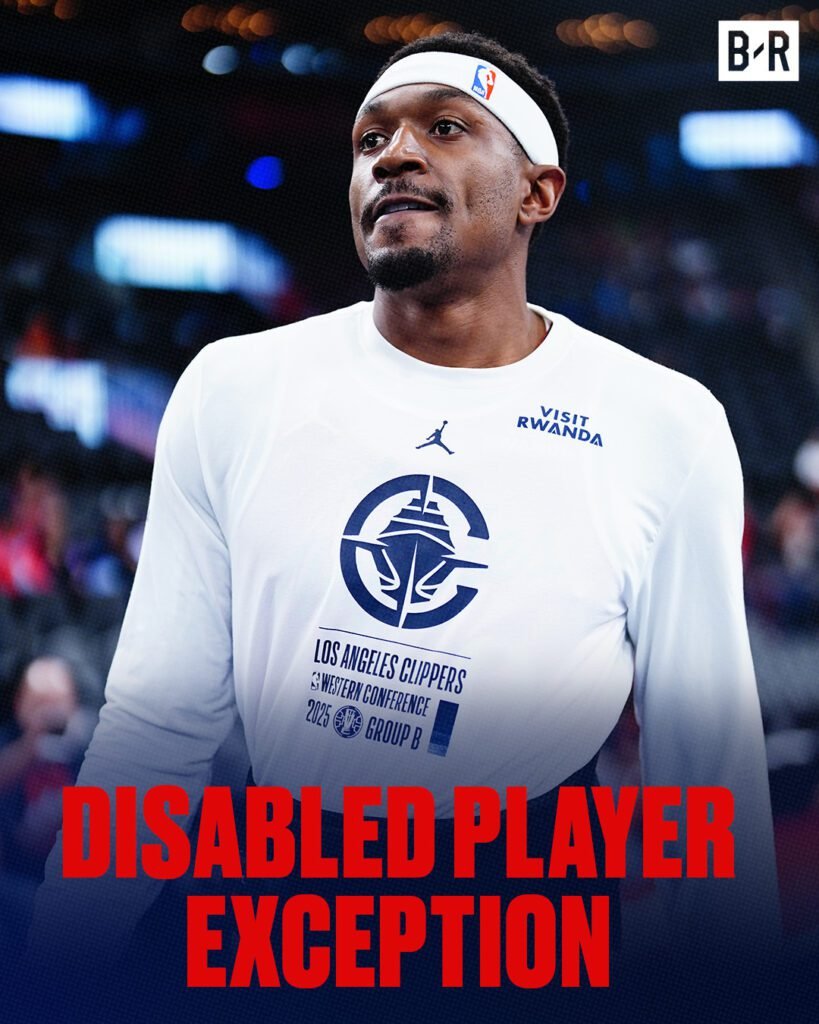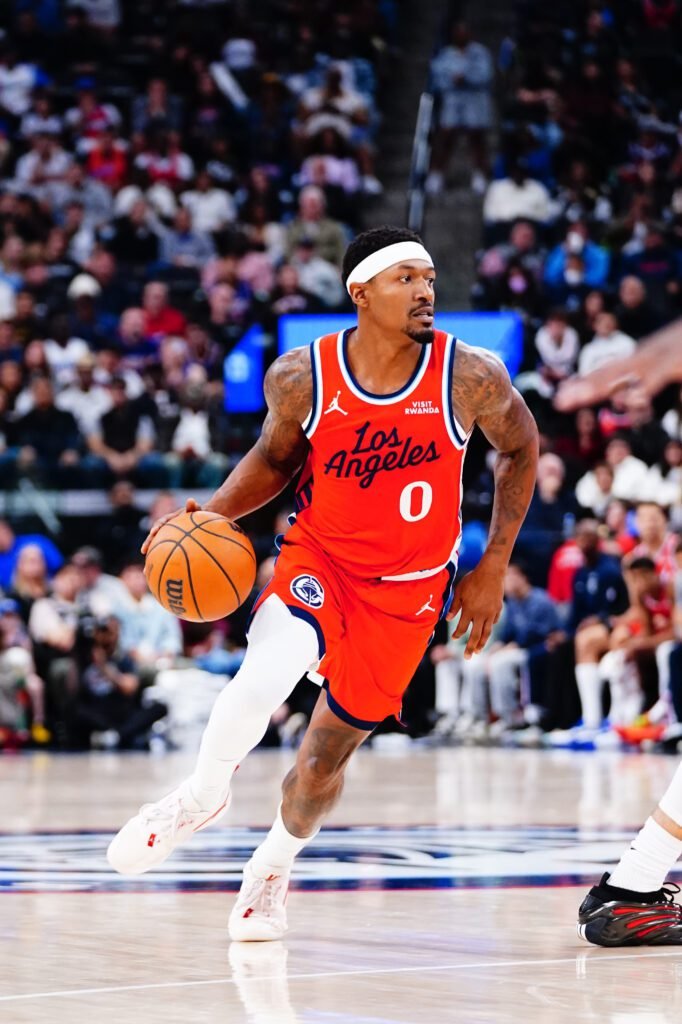Clippers Rocked by Bradley Beal’s Hip Fracture Disabled Player Exception Could Save Their Season
The Los Angeles Clippers have been hit with a major setback after Bradley Beal suffered a season ending hip injury, and the team is moving quickly to respond. Beal, expected to be a key offensive leader, was diagnosed last week with a hip fracture and is now sidelined through June. In reaction, the Clippers have applied for a disabled player exception (DPE), a move that gives them some breathing room under the NBA salary cap, even though it doesn’t create an extra roster spot.
The disabled player exception is a tool teams can use in situations like this, offering flexibility to trade for a player on an expiring deal, claim a waived player, or sign a free agent to a one year contract. The value of the DPE is either half of the injured player’s salary or the non taxpayer mid level exception, whichever is smaller. For Beal, whose cap hit is $5.34 million, this means the Clippers have $2.67 million available to improve the roster in his absence. While it’s not a perfect solution, in a league where every roster spot and dollar counts, it provides some options to help offset the loss.
Los Angeles’ options are limited, however. The team has already used its full mid level exception and doesn’t have access to the bi annual exception this season. This makes the disabled player exception potentially the only viable avenue for bringing in help above the veteran minimum or acquiring a near minimum contract through a trade. On top of that, the Clippers are only $1.28 million below the first apron, meaning they cannot exceed that threshold without moving salary elsewhere. This forces management to be careful in deciding which players to pursue and how best to strengthen the roster.
For fans, this news is especially concerning given the timing. Beal had been expected to carry a significant part of the offensive load for the Clippers, blending his scoring and playmaking with the team’s other stars, including Kawhi Leonard and Paul George. Losing a player of his caliber doesn’t just affect scoring; it impacts team chemistry, rotations, and leadership both on and off the floor. The DPE offers a short term fix, but it cannot fully replace Beal’s influence, meaning the Clippers’ remaining stars and bench players will need to step up significantly.

The deadline to use the disabled player exception is March 10, which gives the Clippers a few months to explore potential trades, free agent signings, or waived players who could contribute immediately. Given the compressed timeline, every decision will need to be strategic and well thought out. Adding a capable player could help the team stay competitive, but it has to be someone who fits into the rotation seamlessly. The Clippers will also need to weigh financial implications, as the DPE allows only a limited salary increase while staying compliant with the NBA cap rules.
Despite these challenges, the Clippers’ management is showing determination. They are likely evaluating multiple options, including mid tier free agents and players on expiring contracts who can make an immediate impact. While no one can replace Beal’s scoring and leadership exactly, strategic use of the DPE could help alleviate some of the pressure on the rest of the roster. This type of quick, calculated move demonstrates that the Clippers are thinking proactively about keeping their playoff hopes alive.
The broader implications of Beal’s injury go beyond just this season. Losing a high-impact player like him requires others to take on leadership roles and perform at a higher level. Younger players on the roster will be asked to fill gaps, adapt to more minutes, and manage responsibilities they might not have been prepared for. In addition, the team must maintain morale and chemistry in the locker room, as the psychological effect of losing a star player can weigh heavily on any team.
Fans have already been vocal about the situation, with social media buzzing over potential solutions and speculating on who the Clippers might sign using the DPE. There is cautious optimism among supporters, recognizing that while the exception is a limited tool, it could provide just enough assistance to help the team remain competitive until Beal returns. In the NBA, injuries happen, but how a team responds often defines its success, and the Clippers appear determined to navigate this challenge as strategically as possible.

It’s clear that the disabled player exception is more than just a technical tool; it represents hope for the Clippers to maintain a competitive edge. Even with the salary and roster constraints, the front office can use this opportunity to bring in players who can make an immediate impact. The next few months will be crucial in determining whether the Clippers can remain a playoff contender or whether the loss of Beal will be too significant to overcome.
Ultimately, this situation highlights the fragility of NBA rosters and the importance of flexibility and strategic planning. Injuries like Beal’s are always a risk in professional sports, but a team that adapts quickly, makes smart decisions under pressure, and leverages every tool available like the DPE can still find success. For Los Angeles, the coming weeks will test the front office’s resourcefulness, the players’ resilience, and the support of the fans, all of which will be key factors in shaping the remainder of the season.